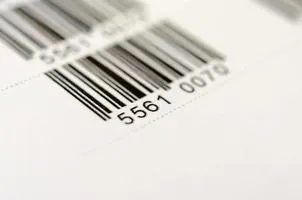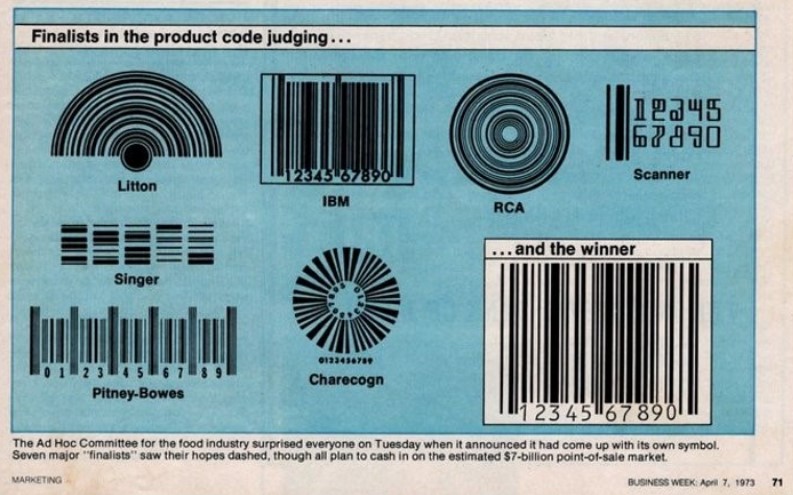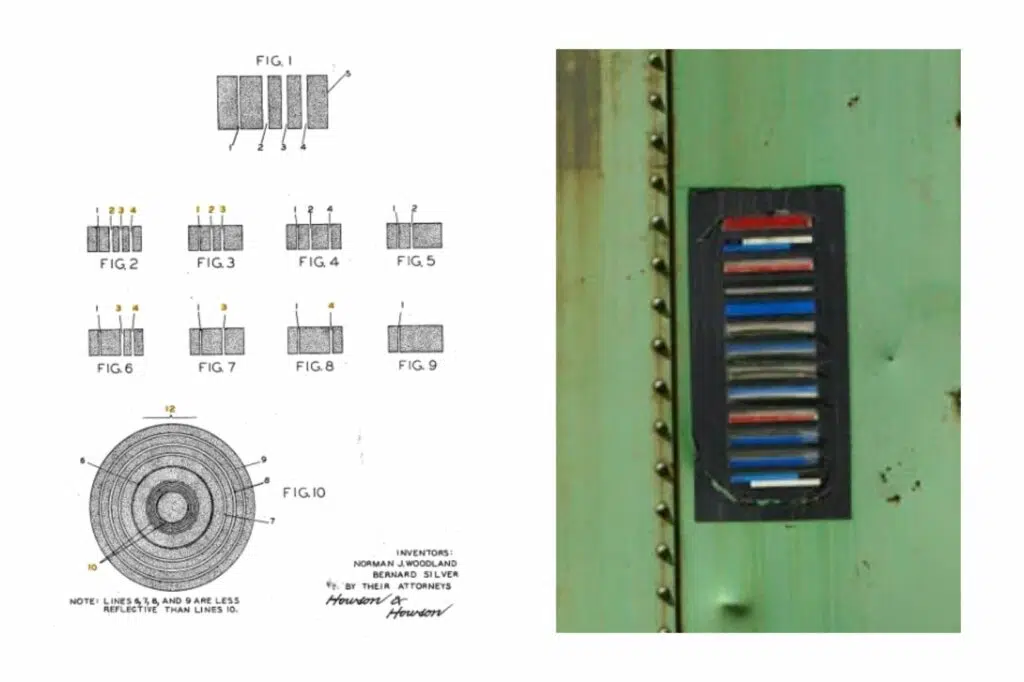From Morse Code to Modern Scanning The Invention of the Barcode

The barcode is a ubiquitous technology we encounter daily, yet its origin story is a fascinating journey that spans from early communication codes to cutting-edge scanning systems. This article explores how the humble barcode evolved from Morse code principles into the modern tool that revolutionized retail and logistics.

The Morse Code Inspiration
The story of the barcode begins in the late 1940s with two inventors, Bernard Silver and Norman Joseph Woodland, who were seeking a way to automate the process of identifying products in stores. They needed a system that could quickly and accurately convey information about products.
- Woodland, inspired by Morse code—a system of dots and dashes used for telegraph communication—envisioned encoding information using patterns of lines and spaces.
- Instead of dots and dashes, he translated the concept into a series of lines of varying thickness, which could be scanned by a machine.
The First Barcode Design
- Woodland took the Morse code idea a step further by drawing the pattern in concentric circles, resembling a bullseye. This design was meant to be scanned from any angle, overcoming limitations of directional scanning.
- This circular pattern was patented in 1952 as the “Classifying Apparatus and Method.”
Technological Challenges and Early Attempts
Despite the innovative concept, the technology of the time was not ready for practical barcode scanning. Early scanners were cumbersome, slow, and expensive, which limited adoption.
- It wasn’t until the 1960s and 1970s that improvements in electronics and computing made the barcode feasible.
- In 1973, IBM developed the Universal Product Code (UPC), a standardized barcode system that featured vertical bars instead of concentric circles. This design was easier to print and scan reliably.
The First Commercial Barcode Scan
The breakthrough came on June 26, 1974, when a pack of Wrigley’s chewing gum became the first product scanned with a UPC barcode at a supermarket in Troy, Ohio. This event marked the beginning of a new era in retail.
- The adoption of the UPC code standardized product identification, allowing retailers to automate checkout processes.
- Barcodes quickly spread beyond retail into industries like healthcare, logistics, and manufacturing.
The Barcode’s Impact on Industry
Barcodes transformed many facets of business by:
- Reducing checkout times and errors.
- Improving inventory management and supply chain efficiency.
- Enabling better tracking of products from manufacturing to sale.
Today, barcodes remain essential, evolving into QR codes and RFID tags, further enhancing data storage and scanning capabilities.

Conclusion
From Morse code’s simple dots and dashes to the sleek vertical lines on product packaging, the invention of the barcode is a testament to innovative thinking and technological advancement. It continues to be a cornerstone of modern commerce and industry, quietly powering countless transactions around the world.




